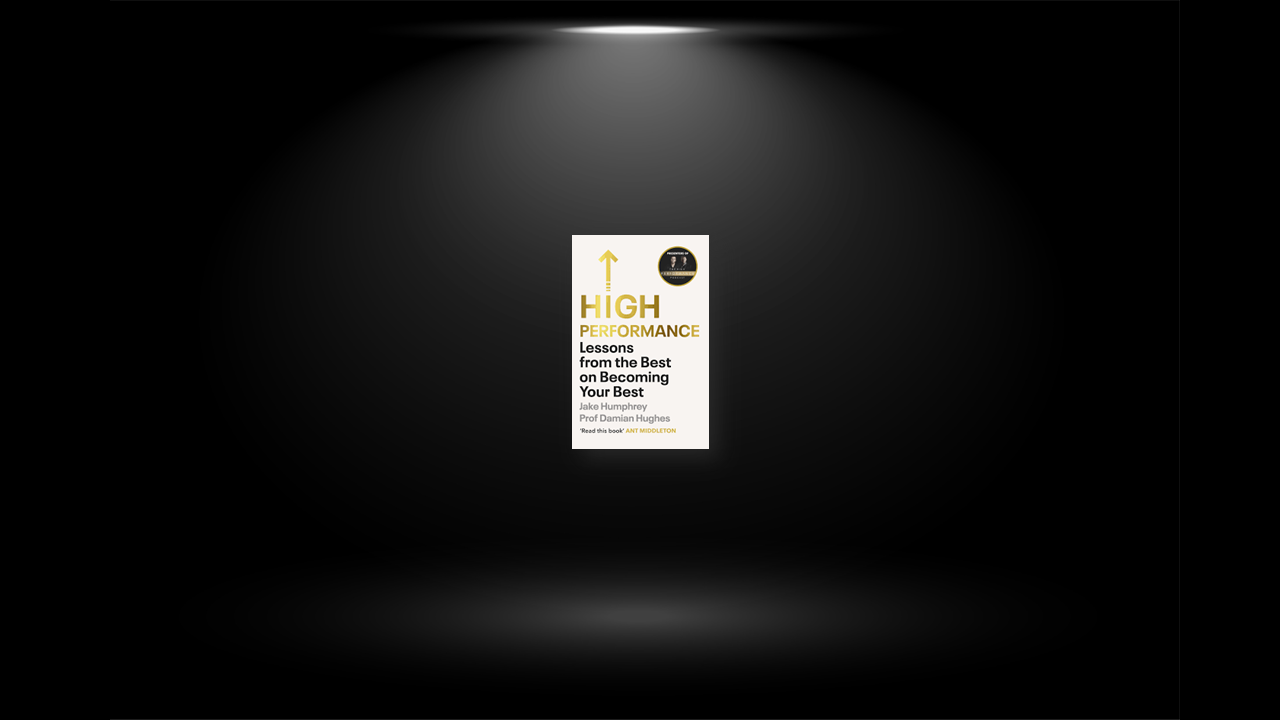The Responsibility Equation
L + R = O (Life + Response = Outcome)
The difference between high performers and the rest of us relates to which part of this equation they focus on. If you don’t like the outcomes you’re getting, it’s all too easy to focus on the ‘Life’ component of the equation. You can blame the economy, the weather, the political climate, the ‘system’, and in many cases you’d be right: they all affect our lives. But where does that leave you? As you can’t control any of them, isn’t this just a recipe for feeling helpless?
On the other hand, high performers focus on the ‘Response’ part of the equation. Think about what you can change: your mindset, your language, your behaviour. In the end, this is all any of us can influence. Focusing on these factors make us feel empowered.
Imagine waking up on Monday morning to the pouring rain. If you look out the window and let out a moan, that is simply a negative response to a fact. But while you can’t control the weather, you can control your reaction. If, later that morning, you get stuck in a traffic jam or another driver is rude to you, that is out of your hands – but if you get irritated, or retaliate needlessly, that’s on you. If you get to work to find out a colleague has been promoted (and you haven’t), all you can do is be gracious in response, instead of sulking and feeling jealous.
Imagine if you chose to appreciate the wonder of the natural world when it rains, felt empathy for the other poor driver who’s probably had a bad morning or decided to raise your game at work so that you’ll be the next person to get promoted. To put it bluntly: imagine taking responsibility. The ‘L’ has remained exactly the same. All that has changed is the ‘R’.
Motivated Means Happy
While material rewards and social status can drive motivation in the short term, they’re rarely enough in the long run. True motivation comes from within. Internal motivation comes from three sources. First, ‘autonomy’. When your behaviour aligns with your values, it’s easier to get excited about it. Second, ‘competence’. We are most motivated when we have control over what we’re doing. Third, ‘belonging’. When we feel part of something bigger than ourselves – like a team – we can sustain our motivation for longer.
The Long Road to Inner Calm
Getting to grips with our emotions is a crucial ingredient of high performance. The goal isn’t to suppress our feelings, but to react to them with a clear head. The human brain is prone to panic. But it doesn’t have to be. We can prevent our emotional ‘red brain’ overpowering our rational ‘blue brain’.
But how? When a situation feels overwhelming, first work out what is actually required of you. Take a deep breath and ask: is this really as hard as I’m making out? Second, remind yourself of your abilities. What skills do you have to solve this problem? How have they come in handy before? Third, reflect on what is at stake – the consequences. How much does this really matter? Is the worst-case scenario as bad as you think? These methods take practice, but don’t lose hope. The road to inner calm is long, but with time you’ll reach its end.
Your Natural Advantage
Everyone has strengths and everyone has weaknesses. Yet all too often we obsess over the things we can’t do, and ignore the things we can. Remember the theory of multiple intelligence: there are myriad ways to be talented. The trick is to find yours.
That involves three steps. First, recognition – think about those instances, perhaps in your youth, when you were told you had a talent. Was it a ‘golden seed moment’? Second, reflection – think about what you’re good at in the here and now. Success leaves clues. It’s your job to spot them. Third, rhythm – seek out those tasks that induce a sense of ‘flow’. These moments are all too rare, but might just reveal your true calling.
Finding these skills is the quickest route to high performance. Each of us can play to our ‘comparative advantage’ – provided we know how to find it.
Great Minds Think Differently
When we encounter problems, we often use tried-and-tested shortcuts to solve them. These ‘heuristics’ can be useful, but also stop us being creative. Effective problem-solving is all about smashing through your heuristics – and gaining a flexible perspective.
How can we learn to think flexibly? First, convince yourself that the puzzles you encounter can be solved. It’s not that you can’t do it – it’s that you can’t do it yet. Second, learn to look at things afresh. Try thinking like a mad scientist. If you were encountering this problem without any preconceptions, what would you do? Third, get outside yourself. Ask the opinion of someone completely unlike you – do they have a different take?
Above all, remember that seeing things in an unusual way isn’t the problem – it’s the solution. High performers do things differently.
Never Miss Twice
High performers are consistent. They have a handful of non-negotiable trademark behaviours – and they stick to them. To find your trademarks, remember Shaun Wane’s formula: they should be simple, they should count under pressure, and they should be clear. To make your trademarks effective, turn them into habits – by building behavioural cues (or ‘action triggers’) into your environment. To make your trademarks long-lasting, build them into your identity. Imagine an ideal version of yourself and ask: What would they do in this situation?
Above all, remember this simple motto: Never miss twice. Yes, on some days your habits might slip. But if high performers miss one day, they never miss a second.
Never Lead Alone
Leaders aren’t autocrats. They set the direction, and trust their teams to find the path themselves. What does this entail?
First, leaders outline the group’s objectives. Find your big, hairy, audacious goal – or BHAG – and make it central to everything you do. Second, leaders cut out the bullshit. A crucial part of leadership is directing people what not to do. Third, leaders never act alone. Seek out your cultural architects – the high-status, likeable, talented individuals who everyone in the group admires. And trust them.
Remember that leadership is high-pressure, but it need never be solitary. Leaders are part of the team, not above it – and that makes leadership less scary than you might think.
Culture is People
Culture is everywhere. But we often ignore it. This is a mistake – because if you can forge a high-engagement ‘commitment culture’, high performance takes care of itself.
Three ingredients make a commitment culture. First, meaning. People need a sense of purpose. Try to answer that simple, all-important question: why are we doing this? Second, connection. Attempt to boost the emotional bonds within a group. Take stock frequently: are your teammates happy or sad, motivated or demoralised? Third, safety. Team members must feel able to make mistakes. Don’t hold grudges and learn to embrace failure.
The Courage to Perform
Anyone who’s watched an F1 race will know that the car isn’t everything. Races are won or lost by the support team: the team principal, the engineers, the behind-the-scenes tacticians. When a car pulls into the pit stop, dozens of people descend on it to change the tyres and lubricate its wheels. You also need a high-performing team to win your race.
How? Well, it’s in each of our hands to lead the people around us. Good leaders, though, aren’t dictators. They don’t micro-manage, and they don’t have to. In many respects, true leadership is hands-off. It’s about setting audacious targets, and trusting your team to achieve them. And it’s about finding the natural lieutenants around you – the ‘cultural architects’ – who can forge a high performance atmosphere.
Which leads us to culture. Success comes not just from the top down, but from the bottom up. You need everyone in the team to feel committed to the group’s objectives. And so the final step to high performance is about building a ‘commitment culture’: making it clear to your team why they should care about the group and creating a safe, nurturing environment in which they can be themselves.
As Tracey Neville put it, ‘People want to know why they’re doing it.’ Answer that question, and a vibrant culture will follow.


